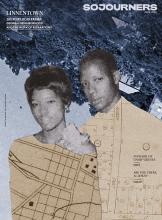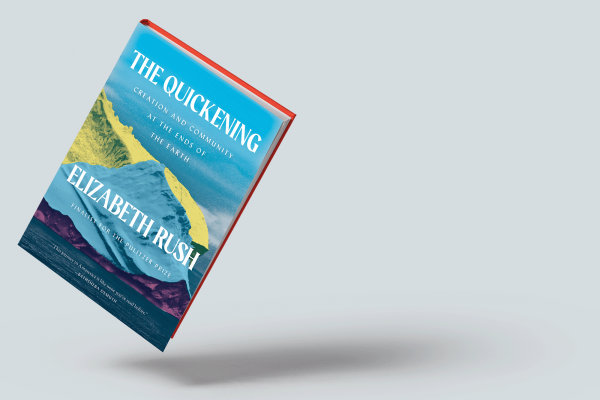IN THE QUICKENING: Creation and Community at the Ends of the Earth, Elizabeth Rush explores both the quickening in her own body — the first feeling of the life moving in her belly — and the quickening pace of climate change.
In 2019, Rush embarked on a scientific sea-bound expedition to Thwaites Glacier in Antarctica, a writer among dozens of scientists. Their journey, via an icebreaker ship, was the first of its kind, bringing together geologists, paleoclimatologists, oceanographers, and a dozen other flavors of scientists to better understand how climate change is affecting a glacier at the end of the world.
Thwaites Glacier is enormous, bigger than the state of Florida and up to 4,000 feet thick. Because of its sheer size and vulnerability to collapse under warming, Thwaites is often referred to as the “Doomsday Glacier.” This one glacier contributes to about 4 percent of global sea-level rise, and whenever it collapses, it will cause global sea levels to increase by more than two feet.
Read the Full Article

